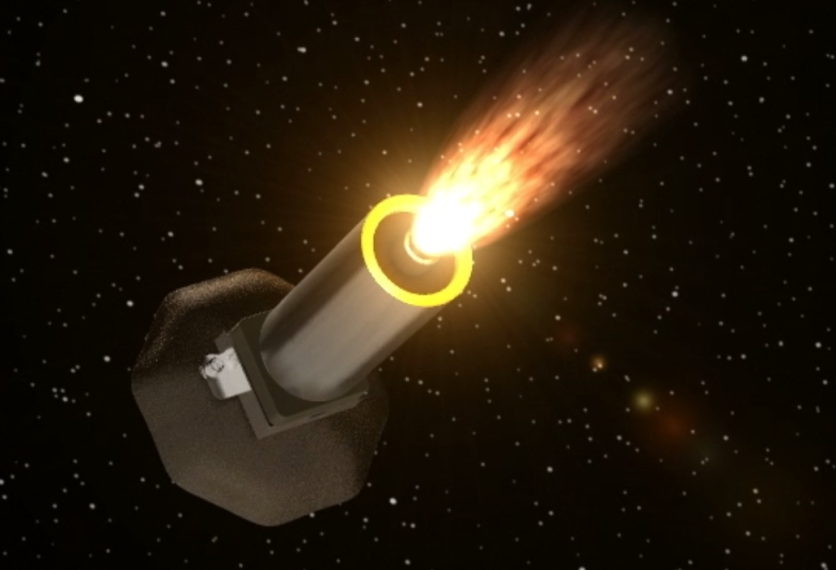The Japan Aerospace Exploration Agency (JAXA) has confirmed that the smallest lunar lander failed to receive transmissions from the planet upon landing on the moon.
According to the country's space agency, the OMOTENASHI (Outstanding Moon exploration Technologies demonstrated by Nano Semi-Hard Impacto) probe experienced unstable communication as it went down its path.
The team noted that by the time its trajectory changed, the direction of its solar cells was also tweaked.
Japan's Omotenashi Probe Landing is 'Deeply Regrettable'

According to BGR, JAXA tweeted that the Omotenashi probe, an ultra-small lander, failed to receive signals back to the Earth.
For ham enthusiasts, and all over the world:
— OMOTENASHI Project (@OMOTENASHI_JAXA) November 21, 2022
Though we tried to recover OMOTENASHI and start the landing sequences today, the communication didn't come back, and we gave up our UHF operation on the landing phase. Thank you for the excellent cooperation from everyone. https://t.co/gMdOPLlUWs
Basically, it was a CubeSat probe that was intended for a moon landing. Last week, JAXA successfully announced that it finally detached from NASA's Artemis I rocket without any issue. However, it's the least of their concerns after some moments.
When the separation happened at that time, the ground team noticed that they could not hear some feedback from the Omotenashi lander.
At this point, the team concluded that the communication was interrupted, and there was no way that its batteries could be recharged.
Project leader Tatsuaki Hashimoto described the mishap as "deeply regrettable." He also mentioned at a news conference that the probe cost them ¥800 million or $5.6 million.
Related Article: ESA's Solaris Program Will Study 24/7 Space-Based Solar Energy to Potentially Send Solar Farms Into Space
60% Success Rate For Omotenashi
Omotenashi, being a very small lander, only weighs 12.6 kg. It's only 11 cm long, according to Japan Times. If the mission went successful, JAXA might acknowledge it as the first lander to hit the moon's surface.
There were a lot of changes before the mission took place. The team said the first landing involves achieving a speed exceeding 180 kilometers per hour. Unfortunately, the succeeding plan fizzled because the next attempt was unsuccessful.
The mission had only a 60% chance of succeeding, JAXA said prior to the launch of the Omotenashi lander.
The lunar probe first took flight from Florida's National Aeronautics and Space Administration's Kennedy Space Center.
The recovery time for the solar cells would take some months or even years. JAXA said that this instance gave them an ultimatum to give up the exploration on the moon.
At the time, the Japanese space agency started to investigate the reason behind the failure of the lander. The team will also search for loopholes during the launch.
According to Hashimoto, it might take at least March 2023 before the lander's solar panels face the sun.
The failure of the lander is not something to be underestimated, as JAXA officials said that it might have consequences for future space explorations.
The "shared ambition" to reach the moon via a lunar lander is not just an attempt by Japan. It's also a part of its mutual ties with the US, the current leader when it comes to space programs.
This article is owned by Tech Times
Written by Joseph Henry
ⓒ 2025 TECHTIMES.com All rights reserved. Do not reproduce without permission.




